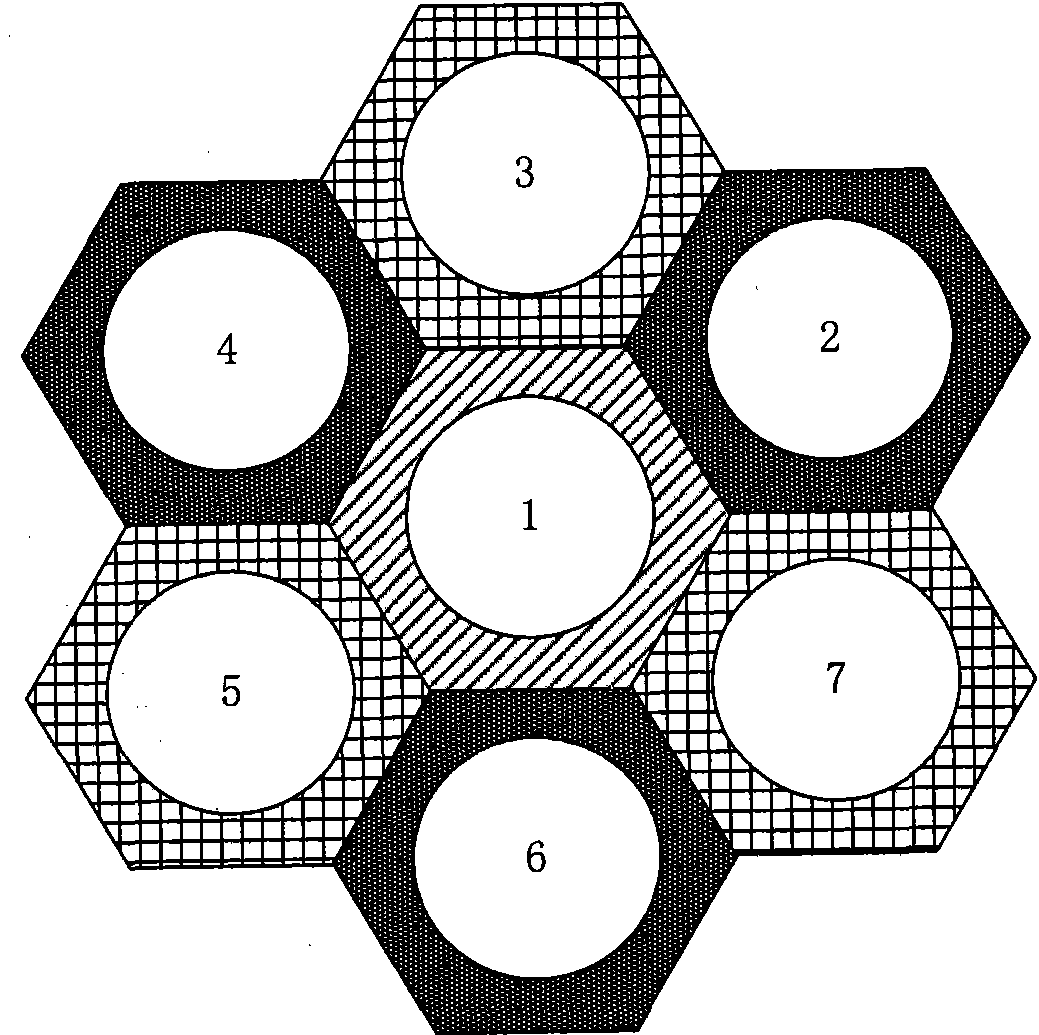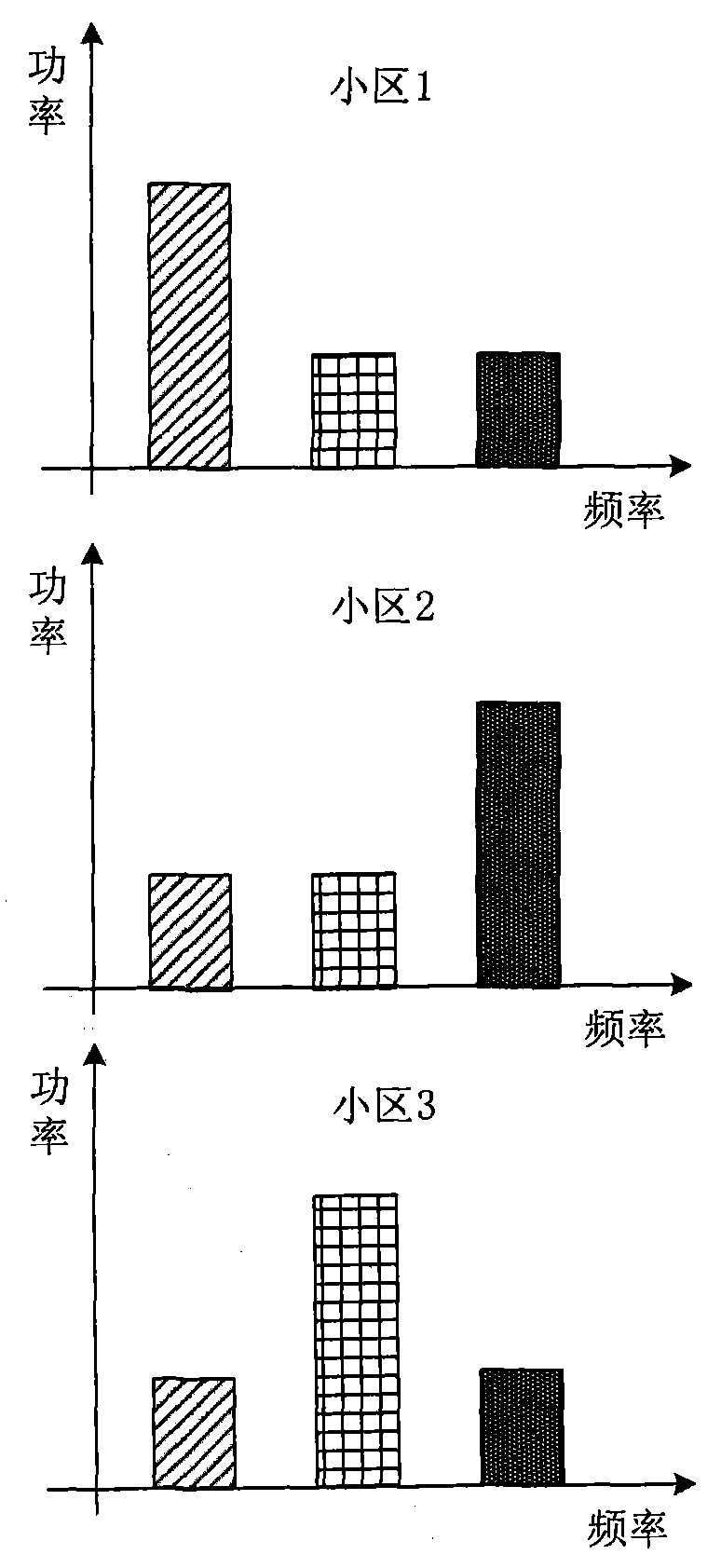Soft space frequency multiplexing method and device, base station
An air-frequency, serving base station technology, applied in the field of communication, can solve the problems of reducing the signal-to-interference noise ratio, increasing the interference of adjacent cells, and reducing the total throughput of the cell, and achieves the goal of increasing available resources, increasing SINR, and increasing throughput. Effect
- Summary
- Abstract
- Description
- Claims
- Application Information
AI Technical Summary
Problems solved by technology
Method used
Image
Examples
Embodiment Construction
[0046] The following will clearly and completely describe the technical solutions in the embodiments of the present invention with reference to the accompanying drawings in the embodiments of the present invention. Obviously, the described embodiments are only some, not all, embodiments of the present invention. Based on the embodiments of the present invention, all other embodiments obtained by persons of ordinary skill in the art without creative efforts fall within the protection scope of the present invention.
[0047] Figure 6 It is a flowchart of an embodiment of the SSFR communication method of the present invention. The process of this embodiment can be specifically executed by the base station, such as Figure 6 As shown, the SSFR communication method of this embodiment includes the following processes:
[0048] Step 101, determine the cell area where the user is located according to the strength of the pilot signal fed back by the user, and determine the available...
PUM
 Login to View More
Login to View More Abstract
Description
Claims
Application Information
 Login to View More
Login to View More - R&D
- Intellectual Property
- Life Sciences
- Materials
- Tech Scout
- Unparalleled Data Quality
- Higher Quality Content
- 60% Fewer Hallucinations
Browse by: Latest US Patents, China's latest patents, Technical Efficacy Thesaurus, Application Domain, Technology Topic, Popular Technical Reports.
© 2025 PatSnap. All rights reserved.Legal|Privacy policy|Modern Slavery Act Transparency Statement|Sitemap|About US| Contact US: help@patsnap.com



